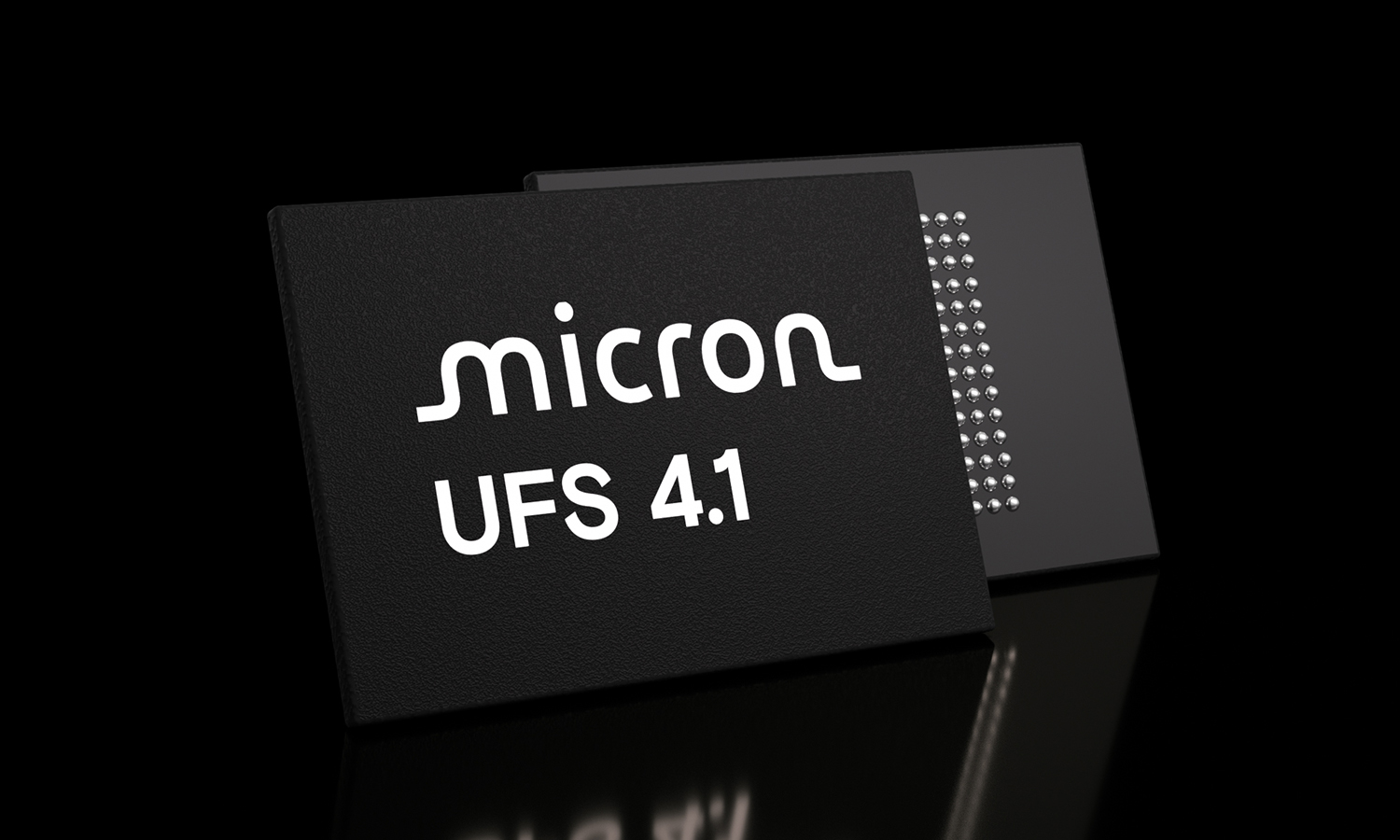Invalid input. Special characters are not supported.

Details
Benefits of Universal Flash Storage for mobile
UFS flash storage is the ideal interface for next-gen mobile devices, and here’s why:
UFS Automotive benefits
UFS flash storage enhances in-vehicle infotainment systems and instrument clusters in connected vehicles with its many benefits like these:
Client computing benefits of UFS
Micron UFS provide excellent performance with low power consumption and an outstanding thermal profile to deliver many benefits to client OEMs and end users:
Universal Flash Storage resources and documentation
1As compared to publicly available UFS 4.0 products package sizes, 1TB only.
2Based on a survey of public material at the time of this document’s publication.
3Based of the datasheet power comparisons of the UFS FS194/195/196 versus that of the 2450 SSD.
4Based of the datasheet form factor comparisons of the UFS FS194/195/196 versus that of the 2450 SSD.





